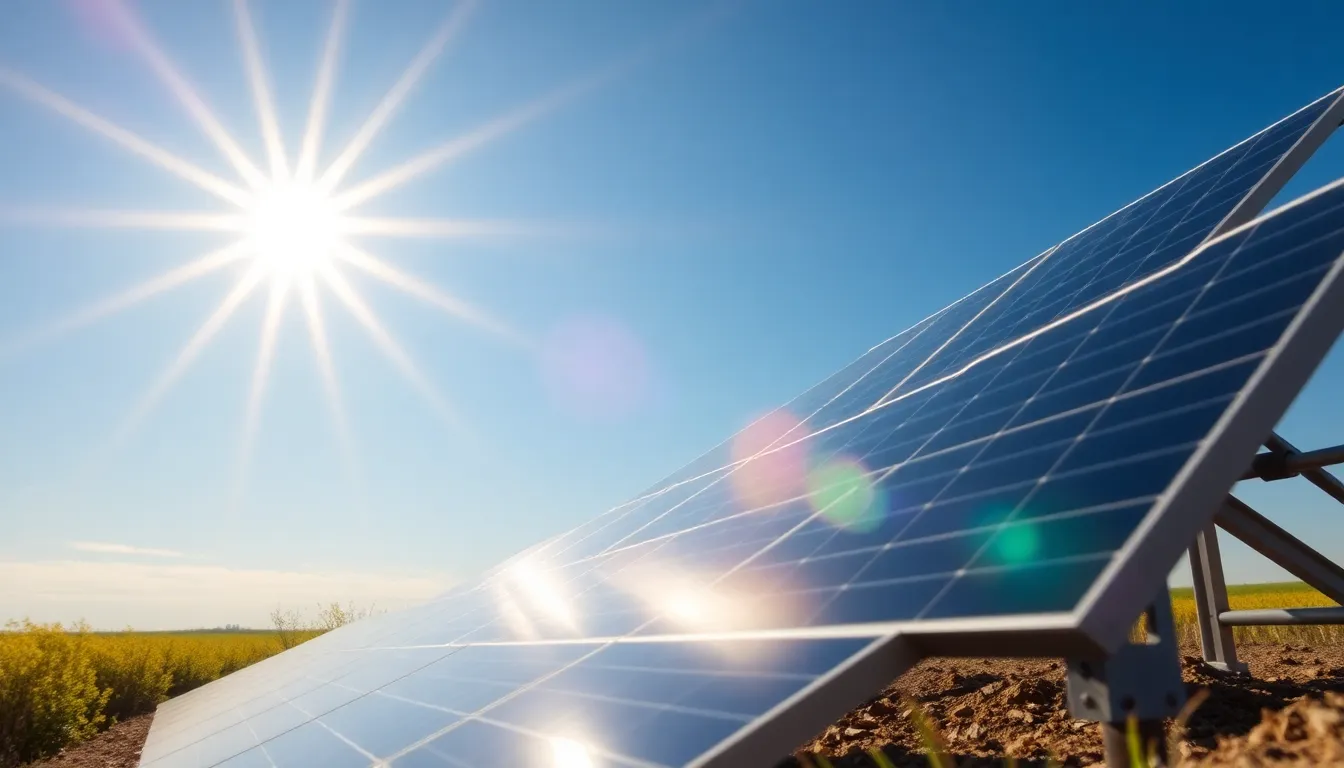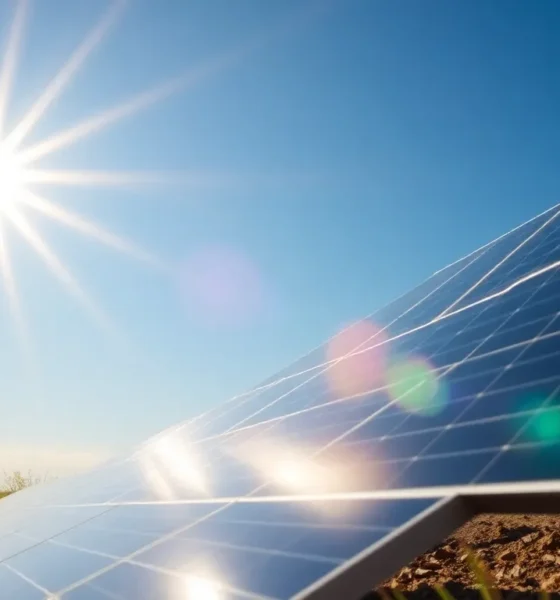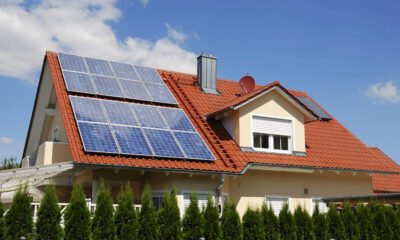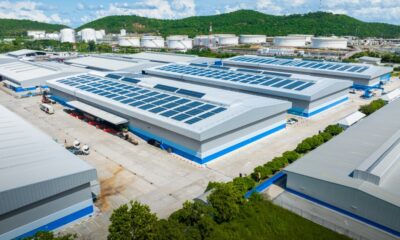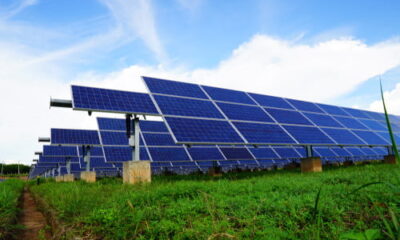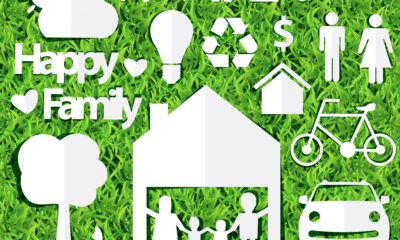Ireland is at a critical juncture in its journey toward a sustainable future. As global temperatures rise and energy demands continue to increase, the urgency to transition away from fossil fuels has never been greater. While wind energy has historically dominated Ireland’s renewable energy landscape, solar energy remains significantly underutilised. To meet climate goals, reduce energy costs, and ensure long-term energy security, Ireland must commit to substantial investment in solar energy.
Ireland’s Renewable Energy Landscape
Ireland has made remarkable progress in harnessing wind energy, particularly offshore and onshore wind farms. According to the Sustainable Energy Authority of Ireland (SEAI), wind energy provided approximately 35% of Ireland’s electricity in 2023. However, solar energy accounts for less than 2% of the national electricity mix, placing Ireland near the bottom of EU solar adoption rates.
This imbalance presents a major missed opportunity. Unlike wind, solar power provides a predictable source of energy, especially during daylight hours when electricity demand is typically higher. Investing more in solar would complement Ireland’s wind resources and help build a resilient, diversified energy grid.
A Surprisingly Suitable Climate for Solar Energy
Contrary to popular belief, Ireland is well-suited for solar photovoltaic (PV) installations according to GoKonnect Solar. While it may not be as sunny as southern Europe, Ireland receives enough daylight, averaging 1100 to 1600 hours of sunshine annually, to make solar energy viable, particularly when using modern, high-efficiency solar panels.
Germany, a global leader in solar energy adoption, has similar sunlight levels to Ireland and yet generates nearly 10% of its electricity from solar. This proves that with the right investment, policy support, and infrastructure, Ireland can successfully scale up its solar energy capacity.
Meeting Climate Goals & Reducing Carbon Emissions
Ireland has committed to cutting its greenhouse gas emissions by 51% by 2030 and achieving net-zero emissions by 2050. To meet these ambitious targets, a massive shift in energy production is required. The electricity sector must transition to 80% renewables by 2030, according to the Irish Climate Action Plan.
Solar power is one of the fastest ways to increase clean energy production. Solar PV systems can be deployed relatively quickly, require minimal maintenance, and have a lifespan of over 25 years. Investing in large-scale solar farms and incentivising rooftop solar installations on homes, schools, and businesses would significantly contribute to Ireland’s decarbonisation goals.
Energy Security & Reduced Reliance on Imports
Ireland imports the majority of its energy, including natural gas, oil, and coal. This dependence exposes the country to volatile global markets and geopolitical risks. The recent energy crisis triggered by the war in Ukraine highlighted how vulnerable Ireland is to external shocks.
Solar energy is locally produced and can be generated by individuals, communities, and businesses. By increasing domestic solar capacity, Ireland can reduce its reliance on fossil fuel imports and improve national energy security. It also allows for decentralised energy production, where households and local communities can produce, store, and use their own electricity.
Economic Opportunities
Investing in solar energy is not just an environmental imperative—it also makes strong economic sense. The solar industry has the potential to create thousands of new jobs in manufacturing, installation, maintenance, and energy management. According to a 2023 report by Solar Energy Ireland, expanding the solar sector could create up to 10,000 jobs by 2030.
Moreover, the solar industry encourages local investment and boosts rural economies. Solar farms can provide steady revenue for farmers and landowners, while rooftop solar systems can reduce household energy bills and increase property values.
Falling Costs & Improved Technology
The cost of solar energy has dropped dramatically over the past two decades. Solar PV module prices have fallen by more than 80% since 2010, making solar one of the most affordable energy sources globally. At the same time, solar panel efficiency has improved, meaning more electricity can be generated from a smaller area.
Battery storage technologies have also advanced, making it possible to store excess solar energy during the day for use at night or during cloudy weather. These developments make solar energy a practical and cost-effective solution for Ireland’s renewable energy mix.
The Role of Government Policy and Incentives
One of the biggest barriers to solar expansion in Ireland is the lack of strong government incentives and policy frameworks. While the Micro-generation Support Scheme (MSS) now allows homeowners and businesses to receive payments for surplus electricity sent back to the grid, uptake has been relatively slow.
To stimulate investment, the Irish government must take more proactive steps, including:
- -Expanding grants and subsidies for rooftop solar and community solar projects.
- -Streamlining planning and grid connection processes for solar installations.
- -Introducing feed-in tariffs or more attractive export payments for excess electricity.
- -Setting ambitious national targets for solar energy in line with EU expectations.
A robust policy environment can give investors, homeowners, and businesses the confidence to adopt solar energy at scale.
Solar Energy and the Built Environment
One of the most efficient ways to integrate solar energy is by incorporating it into existing and new buildings. Rooftop solar panels on schools, hospitals, government buildings, and housing estates offer immense potential. These installations not only reduce electricity bills but also serve as a visible symbol of Ireland’s commitment to sustainability.
Building-integrated photovoltaics (BIPV), where solar panels are built into rooftops, facades, or windows, can make cities more energy-efficient without taking up additional space. As Ireland continues to build homes to address the housing crisis, incorporating solar energy into building regulations is a smart and forward-thinking move.
Overcoming Challenges and Myths
Despite its potential, solar energy in Ireland still faces challenges. Grid capacity issues, conservative planning regulations, and public misconceptions about Ireland’s suitability for solar are among the main obstacles. However, these can be addressed through:
- -Education campaigns that dispel myths about solar efficiency in cloudy climates.
- -Upgraded grid infrastructure to support decentralised energy generation.
- -Research and innovation funding to improve system integration and performance.
With the right approach, these barriers can be turned into opportunities for growth and modernisation.
The Takeaway
Ireland’s path to a sustainable, energy-secure future must include significant investment in solar energy. While wind will continue to play a key role, it cannot deliver alone. Solar energy offers a reliable, affordable, and environmentally friendly solution that complements other renewables, diversifies the energy mix, and brings social and economic benefits across the country.
To unlock this potential, government action, industry innovation, and public support must align. With sunlight being one of the most abundant and free resources available, the time for Ireland to harness its power is now.


 Energy12 months ago
Energy12 months agoThe Role of Renewable Energy in Commercial Real Estate

 Environment8 months ago
Environment8 months agoAre Polymer Banknotes: an Eco-Friendly Trend or a Groundswell?

 Energy12 months ago
Energy12 months agoHow Energy Referral Programs are Saving The Planet… And Your Bank Account!

 Environment9 months ago
Environment9 months agoEco-Friendly Home Improvements: Top 7 Upgrades for 2025
